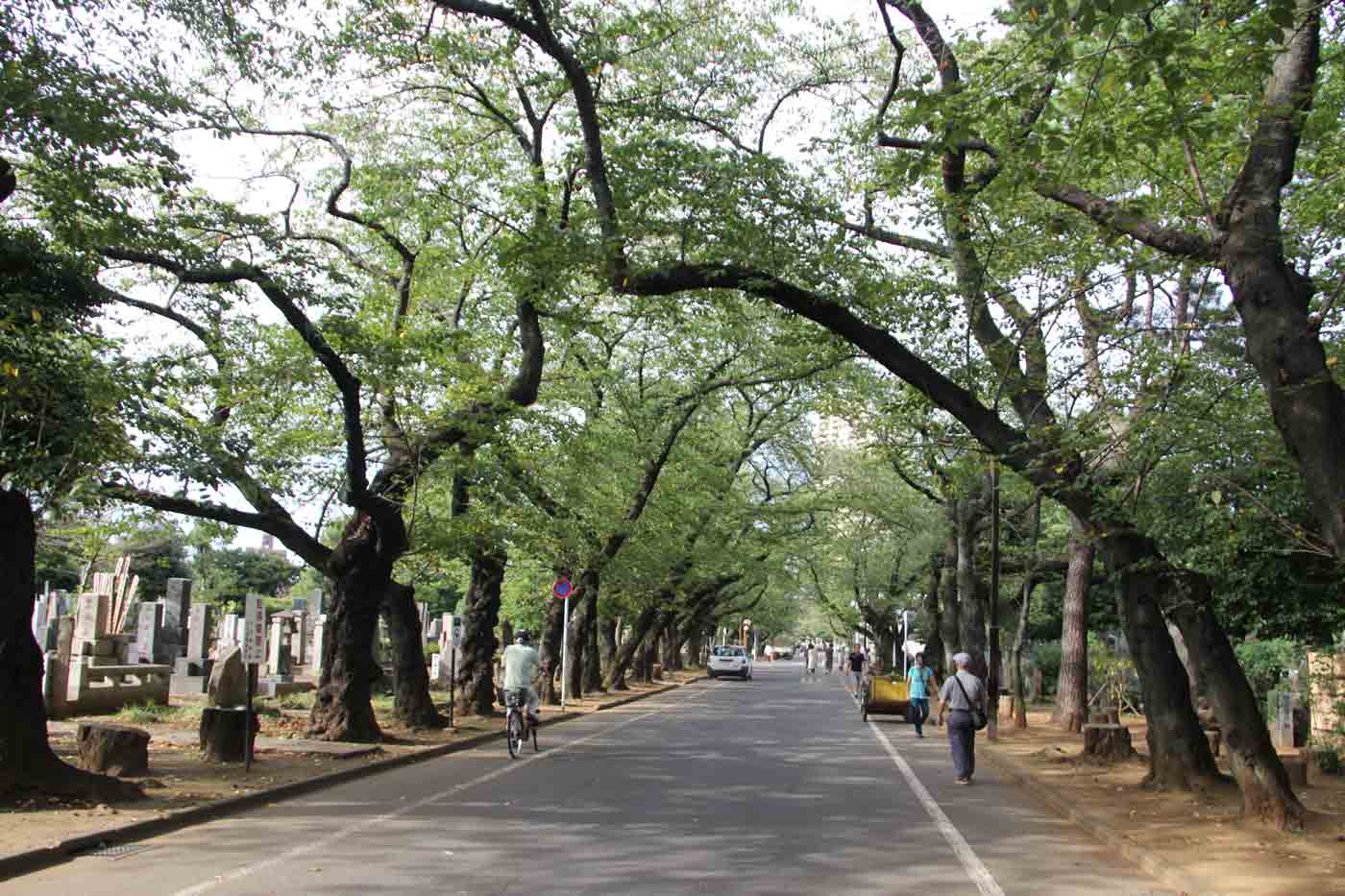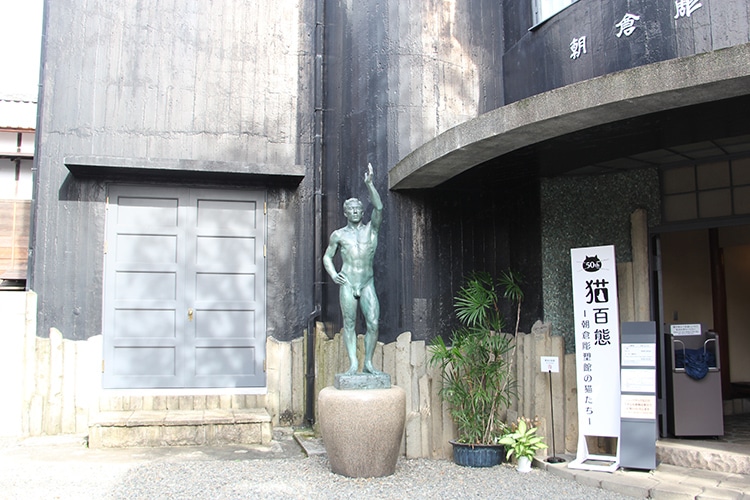
Tokyo is a city always on the move and forever changing. It had been three years since I last visited and I wanted to get out of the grid of the usual neighborhoods like Shinjuku, Shibuya and Ginza. I was looking to go deeper, to explore non-touristy neighborhoods that join with the city’s more traditional areas to give Tokyo its unique personality.
Here are three of my favorites: Yanaka, Shimokitazawa called “Shimo-kita” by locals and Kurumae. Each has a special quality and something interesting to offer.
Yanaka
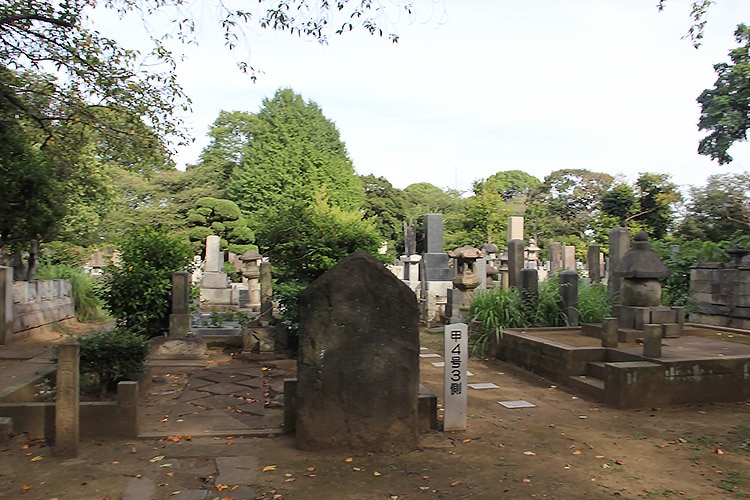
Virtually untouched by war bombings and earthquakes, Yanaka is Tokyo’s most traditional neighborhood. Its tranquil winding lanes are home to artisans, shops passed down through generations, good restaurants, dazzling temples and—in springtime—an abundance of cherry blossoms.
Originally part of the Kaneiji Temple, Ueno Park is a highlight of Yanaka. The park is known for its numerous museums, including: the Tokyo National Museum, the National Museum for Western Art, the National Science Museum, and the Tokyo Metropolitan Art Museum, as well as the 35-acre Ueno Zoological Gardens, Japan’s oldest zoo (opened in 1882), and famous for its giant pandas. Ueno Park is also one of the most popular spots to see the cherry blossoms in spring, with more than 1,000 trees lining its central pathway.
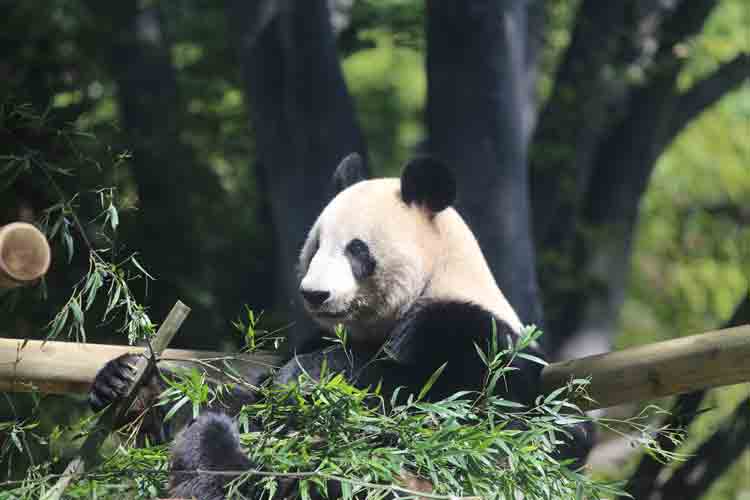
Another highlight of Yanaka is SCAI The Bathhouse. This former public bathhouse turned art gallery is a fascinating juxtaposition of past and present. A nondescript white exterior leads into an austere vaulted gallery space showcasing the work of Japanese and international artists. Be sure to check out the old lockers in the gallery entrance which are operated by a wooden key mechanism—another interesting nod to the property’s history.
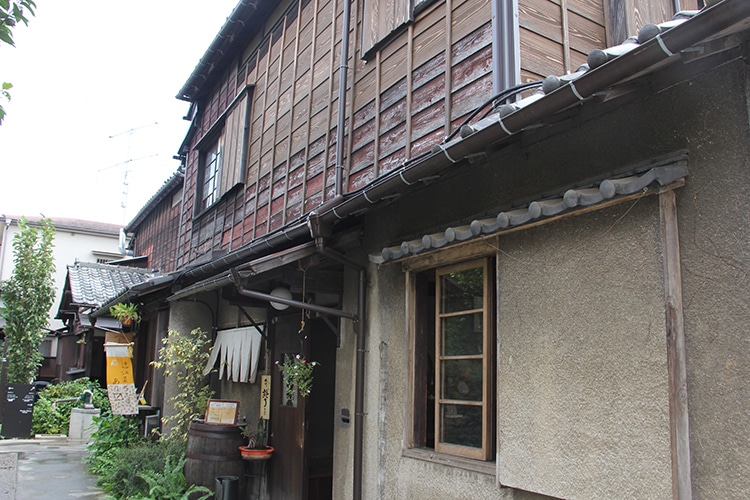
Head to the Asakura Museum of Sculpture for a look at the work of Fumio Asakura, considered to be the father of modern Japanese sculpture. Be sure to add a stop at Art Sanctuary Allan West to your wanderings. Here you’ll find the works of American artist Allan West, who came to Japan to study nihonga (traditional Japanese painting), under the instruction of master Kayama Matazo. He’s made Yanaka his home, where he continues to follow his passion creating nature-themed paintings.
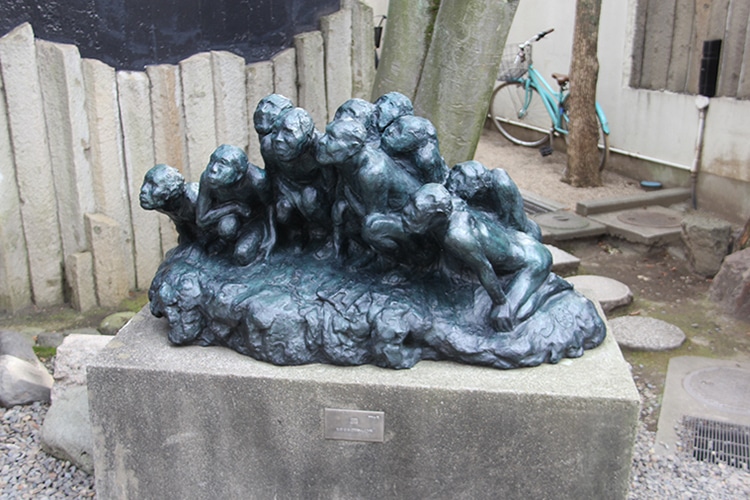
Temples are plentiful in Yanaka and Tennoji is the most well-known. Founded in 1274, the temple houses a centuries-old sitting Buddha and a tranquil small garden. It is one of the last remaining refuges for the Tendai sect of Buddhism.
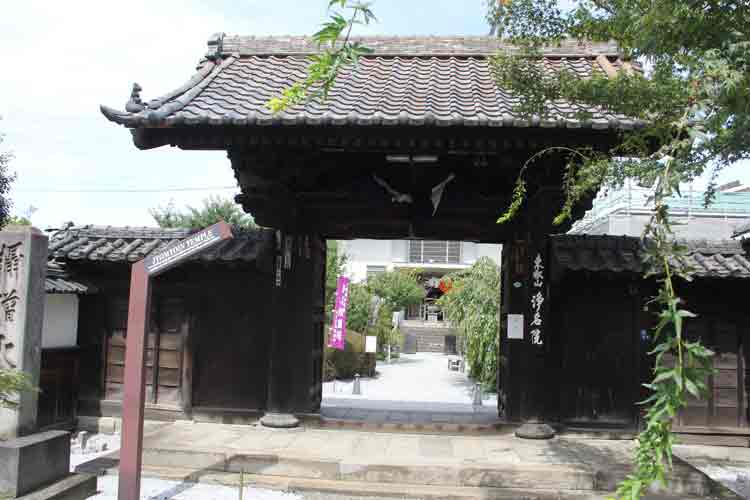
You’ll most likely work up a thirst while exploring the neighborhood and two of the best places to quench it are housed in charming wooden houses. Kayaba Coffee has been around over 50 years making it a traditional kissaten—a Japanese coffee house that also serves comfort foods. If you’re looking for something stronger than coffee, Yanaka Beer Hall offers several brews on tap including a Yanaka Lager that can only be found there.
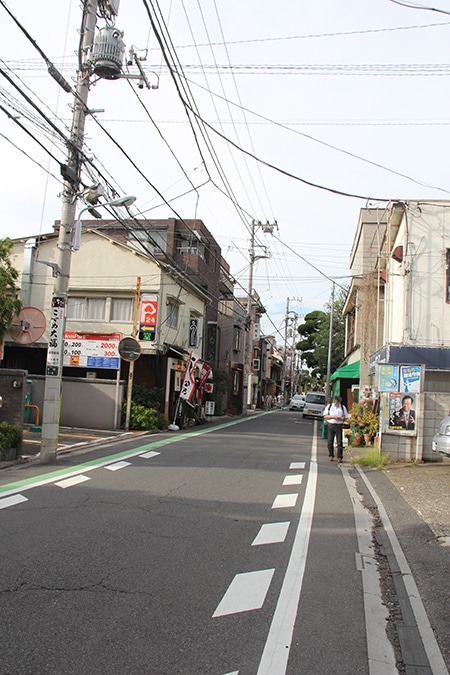
Shimokitazawa
Want to hang with the cool kids? Head to Shimokitazawa where the Bohemian vibe is stronger than perhaps any other neighborhood. Tokyo-ites refer to this area with one word: chaos. The streets run in a maze and are lined with hole-in-the-wall eateries, hipster coffee shops, second-hand clothing stores, indie film theaters and live music venues.
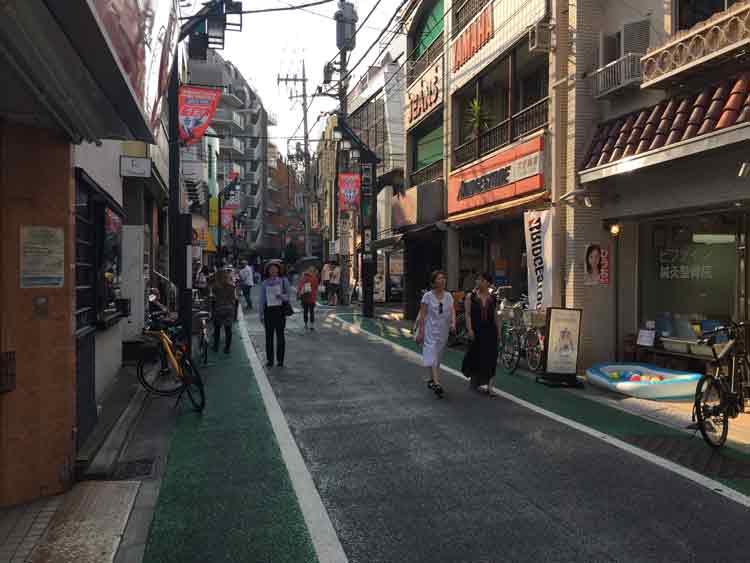
Shimokitazawa’s retro feel is tied to its history. It began as a farming community and later transformed into a residential community after the Great Kanto Earthquake, when Tokyo residents fled to the countryside. After surviving the air raids of WWII, the area became a US second-hand market for soldiers. Remnants of that still exist today. The youth movement in the 1970s provided its final transformation to the Bohemian utopia it is today, with the introduction of rock, jazz and blues venues. Then in 1982, with the opening of a big theatre, Shimokitazawa became a theatre neighborhood. Be sure to check out the Honda Gekijo Theatre which offers productions from established and successful writer and directors. Also, about a five-minute walk away, you’ll find the Tollywood Short Film Theater, the place to catch short films by young Japanese and international animation directors.
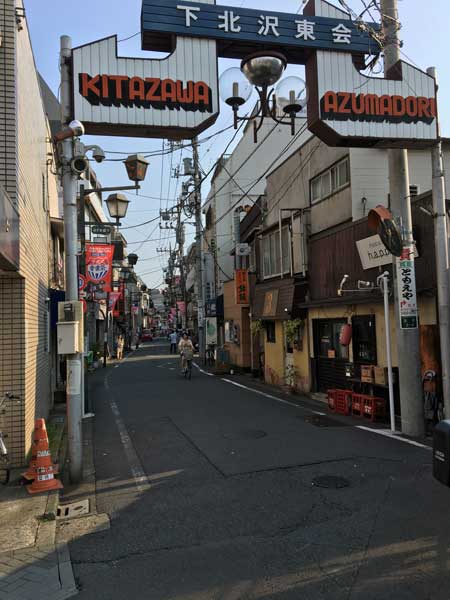
Kuramae
Situated within walking distance of the tourist district of Asakusa and Tokyo Skytree, Kuramae has become a neighborhood of craftspeople. Artisans have inhabited this area since the Meiji Period providing it with a touch of retro charm—reminiscent of New York’s Soho in the 1980s. An abundance of showrooms provides a glimpse of the neighborhood’s rich artisan history. Yuichiro Murakami spent years mastering the Italian art of leatherworking here. You’ll find a selection of beautiful bags, wallets and accessories at his shop, M+.
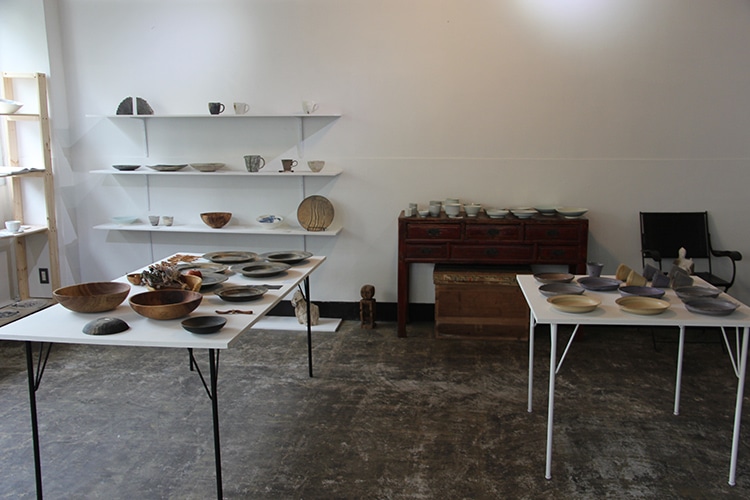
At Maito Kuramae, designer and teacher Maito Komuro’s shop features knits, shirts, bags, pouches and an assortment of goods created via two main concepts: “natural source” and “made in Japan.” All threads are colored with natural and plant-based dyes to produce an array of shades. Seasonal workshops are available for a hands-on experience of the process.
Located on the second floor of a warehouse building, Proto Kuramae showcases pottery and art from artisans throughout Japan. The collection of wooden bowls was irresistible—I bought three! Ink Stand by Kakimori is a haven for anyone who longs for the days of pen and paper. This boutique writing shop offers an expansive collection of pens. You can also make a customized notebook and even create the perfect ink color.
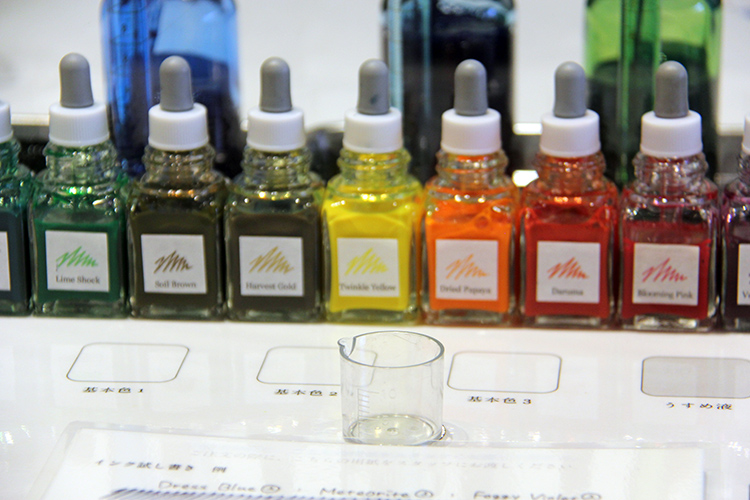
When you’re ready for refreshment, Kuramae has plenty of coffee shops and cafes to oblige. Browse a selection of leather goods at Camera while you wait for your coffee and food. If you’re craving traditional Japanese confections, Eikyudo is the place for you—they’ve been serving a variety of wagashi sweets since 1887.
Tokyo is one of those places where you are always finding new things in familiar neighborhoods like Ginza, Shibuya and Shinjuku. It may be a challenge to venture beyond them to discover new parts of this vast city, but when you do it’s worth the effort. After all, that’s the fun of traveling.
Where to Stay:
The Peninsula Hotel – Within walking distance of Ginza shopping and opposite the Imperial Palace and Hibiya Park in the Marunouchi district, the Peninsula Hotel is superbly located and offers commanding views of the Tokyo skyline. Modern luxury meets traditional design here. The hotel marks its 10th anniversary as the Best Hotel in Tokyo for 2017; there are five unique restaurants, an award-winning spa, and an eclectic collection of transportation choices ranging from Rolls-Royces to helicopters. 1-8-1 Yurakucho, Chiyoda-ku Tokyo, +81 3 6270 2888; www.peninsula.com/en
Hoshinoya Tokyo – With indoor hot springs and Kenjutsu lessons, a Saki lounge and a tea ceremony workshop, the Hoshinoya is modeled after traditional Japanese inns known as ryokan, giving the highly modern amenities an anachronistic twist. There exists a defined melding of modernity and time-honored customs right within the hotel walls (complete with your own personal kimono). Though, if the city beckons, sightseeing tours—ranging from helicopter to rickshaw—are a phone call away. 1-9-1 Otemachi, Chiyoda-ku, Tokyo, +81-3-6214-5151; www.hoshinoyatokyo.com/en/
Trunk Hotel – Recently opened in the Shibuya neighborhood, the bespoke Trunk Hotel is a new addition to Tokyo’s design hotel scene. Housed in two four-story buildings, features include recycled woods, tiered balconies, indigo patchwork wall hangings and monochromatic bathrooms. There’s a clear focus on local and eco-friendly throughout the property which also provides made-in-Japan amenities, guest rooms stocked with dried fruits from a nearby Shibuya fruit shop and a fleet of customized up-cycled formerly abandoned bicycles. 5-31 Jingumae, Shibuya-ku, Tokyo; +81-3-5766-3210. www.trunk-hotel.com
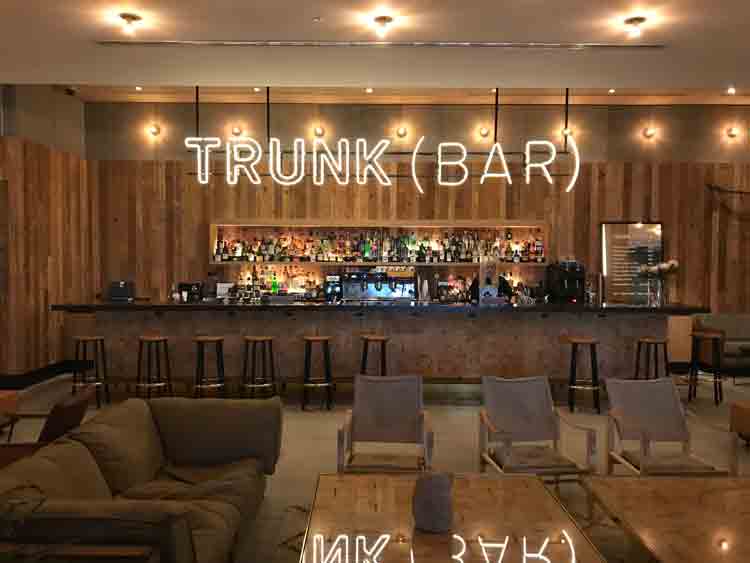 Trunk Hotel Lobby and Bar – Photo by Jeff Greif
Trunk Hotel Lobby and Bar – Photo by Jeff Greif
Where to Eat:
Tetchan Yakitori Bar – This basement yakitori bar was designed by architect Kengo Kuma and Associates using all recycled materials. The feeling is reminiscent of black market stalls after World War II. 1 The ground floor’s bar has acrylic stools and there are edgy murals on the walls. Chome-1 Kichijōji Honchō, Musashino-shi, Tōkyō-to; +81 422-20-5950
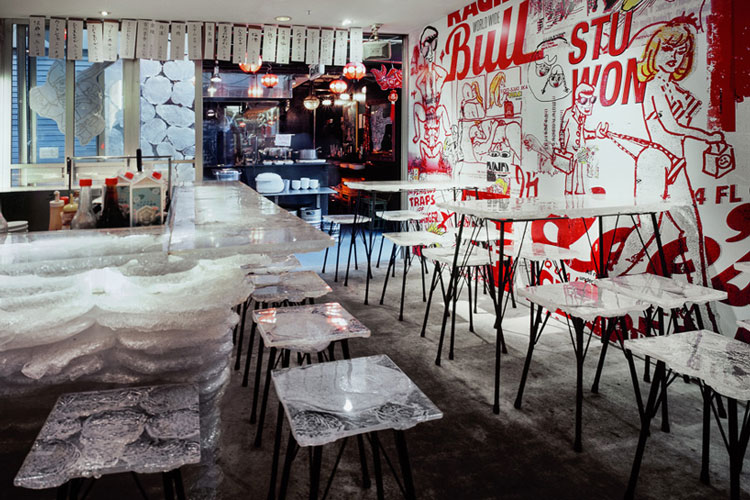 Tetchan-Restaurant Designed by Kengo Kuma & Associates Architects – Photo Courtesy of Erieta Attali
Tetchan-Restaurant Designed by Kengo Kuma & Associates Architects – Photo Courtesy of Erieta Attali
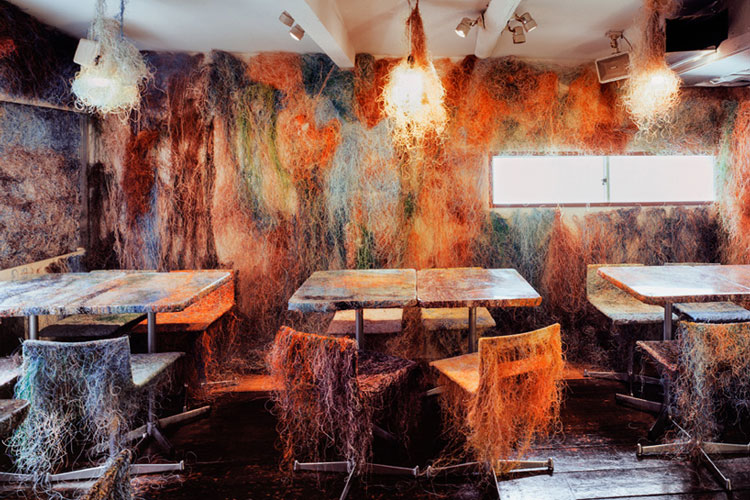 Tetchan-Restaurant Designed by Kengo Kuma & Associates Architects – Photo Courtesy of Erieta Attali
Tetchan-Restaurant Designed by Kengo Kuma & Associates Architects – Photo Courtesy of Erieta Attali
Frankie Melbourne Espresso – If it’s time for a coffee break in Shimokita this is your place … a relaxed atmosphere located steps from the Shimokitazawa station. For those who prefer less caffeine Frankie created delicious cold pressed juice blends made to order. The Classic Melbourne Chai is also a hit. 2-12-15 Setagaya-ku, Kitazawa, +81 3 6356 5305; www.frankie.jp
Where to Drink:
Flower Bar Gardena – A flower show and cocktail bar in one. Flowers are all over the bar and out front you can even purchase them. This is a very groovy spot in Shimokita. 2 Chome-34-6 Kitazawa, Setagaya-ku, +81 3-6638-8714
Yanaka Beer Hall – This craft beer establishment with a 1950’s feel serves local brews on tap. 2-15-6 Taito-Ku
What to See and Do:
Allan West Gallery – Visit the atelier of American born artist Allan West who has lived in Japan for over 30 years producing art using Japanese techniques. Visitors can see West at work and purchase his art onsite. 1-6-17 Yanaka, Taito-ku, +81 3-3827-1907; www.allanwest.jp
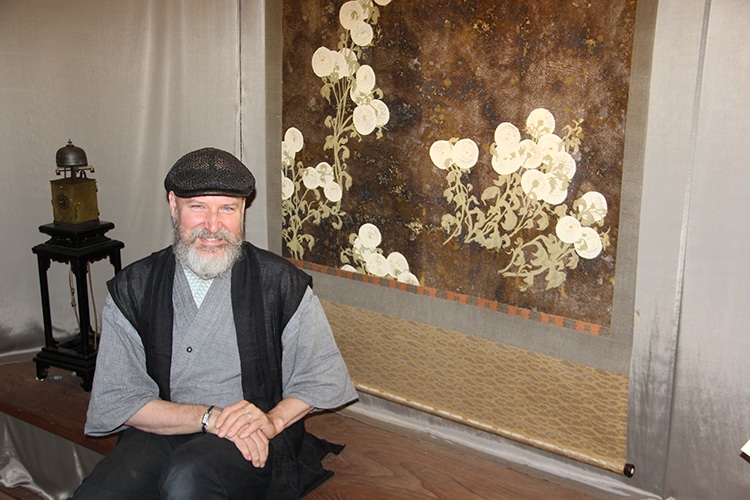 The Artist Alan West in His Studio – Photo by Jeff Greif
The Artist Alan West in His Studio – Photo by Jeff Greif
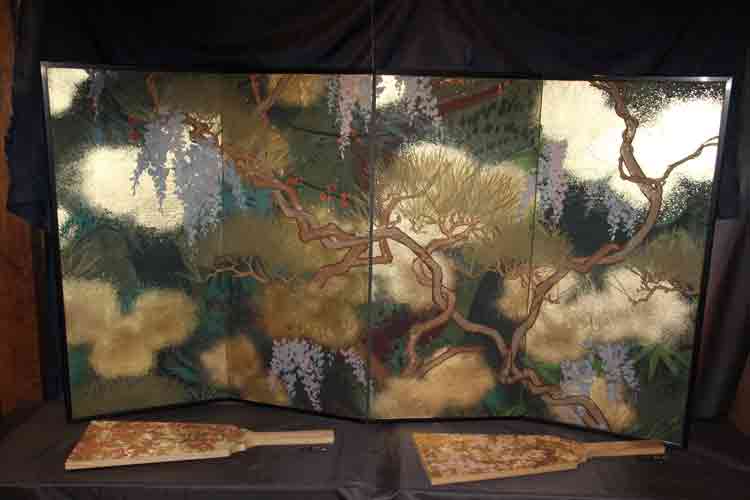 Works by Alan West – Photo by Jeff Greif
Works by Alan West – Photo by Jeff Greif
SCAI the Bathhouse – This gallery in an old bathhouse is one of the leading independent galleries in Tokyo. The one room structure houses Japanese contemporary artists. Since 1993 SCAI The Bathhouse seeks to function as a meeting place of various currents in contemporary art, both in Japan and abroad, and to play a leading and responsible role in the art scene. 6-1-23 Yanaka, Taito-ku; +81 3-3821-1144; www.scaithebathhouse.com
Asakura Museum of Sculpture – The works of Fumio Asakura, a contemporary Japanese artist, are housed here. Asakura was fascinated by cats and you’ll find numerous sculptures of them in this small museum. 7-18-10 Yanaka, Taito-Ku, +81 3-3821-4549; www.hellojapan.asia/en/travel-guide/asakura-museum-of-sculpture-asakura-choso-museum.html
Yanaka Cemetery – A serene area in the heart of Yanaka situated on 25 acres with over 7,000 graves. Admire the cherry blossoms in peace on a spring visit. 7-5-24, Yanaka, Taito-Ku
Ueno Zoological Gardens – Japan’s oldest zoo and famous for its giant pandas. www.tokyo-zoo.net/english/ueno
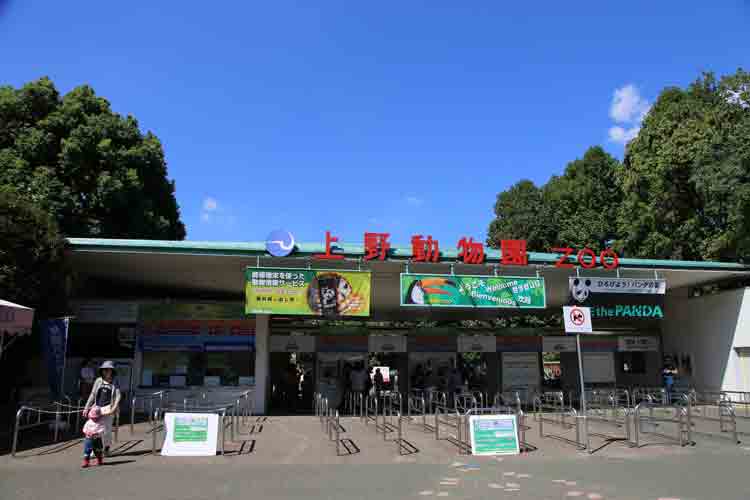 Ueno Zoological Gardens Entrance – Photo Courtesy of JNTO
Ueno Zoological Gardens Entrance – Photo Courtesy of JNTO
Calligraphy Museum – The museum contains many examples of Japanese calligraphy collected by Fusetsu Nakamura, a famous calligrapher in the 19th century. The most treasured work is over 1,300 years old. 2-10-4 Negishi, Taito-ku, +81 3-3872-2645; www.syougai.metro.tokyo.jp/bunkazai/heritagemap/sendagi/sendagi10.html
Where to Shop:
Proto Kuramae – Beautiful artisan wooden bowls and ceramics from all over Japan. You can find one of a kind pieces here. Located on the second floor, this sparse showroom displays their merchandise on tables and shelving units on a bare stone floor. It’s Japan at its most creative. 4-20-12 Kuramo, Shihua Building, Taito-ku, +81 90-6931-8779; www.proto-art.stores.jp
M+ – Small locally made leather goods. Nakao Building, 3-4-5, Kuramae, Taito-ku, +81 3 5829-9904
Rainbow Soko 3 – A five-story warehouse with galleries and shops selling everything from stationery to surfboards. 2-19-5 Kitazawa, Setagaya-ku, +81 70-6671-6268; www.rainbowsoko.com
Flamingo – Shimokita is famous for vintage clothing shops and this is one of the largest and considered one of the best. It’s on several floors; you’ll find everything to fit your groove. www.yelp.com/biz/フラミンゴ-世田谷区-2
Ink Stand – This shop reminded me of the kind of shops you found in New York’s Soho in the early 80’s. There’s a vast array of colored ink to mix your own color, plus all kinds of pens and paper on offer. Even if you don’t make a purchase it’s fun to go in and try the fountain pens. 4-20-12, Kuramaeville, Taito, +81 5 50-1744-8547; www.inkstand.jp

